5.4: Space-Based Telescopes
( \newcommand{\kernel}{\mathrm{null}\,}\)
5.4.1 The Hubble Space Telescope
By far, the most famous space-based telescope is the Hubble Space Telescope (HST). Launched in 1990, HST has given us some of the most memorable images of our universe. However, HST had a rocky start. After it was deployed, astronomers noticed that its primary mirror had a tiny flaw, about the width of a paint chip. This was enough to produce blurry images making what was at the time the most expensive satellite every launched, into a laughingstock. A servicing mission in 1993 enabled astronauts to fix this problem by installing some tiny mirrors to correct flaw, effectively giving HST glasses. HST has cameras on board that enable it to study in the visible, infrared, and ultraviolet areas of the spectrum. Between 1993 and 2011, several more servicing missions replaced worn out equipment and upgrade the telescope’s systems. However, with the retirement of the space shuttle fleet in 2011, no further servicing missions are planned and eventually, it will be retired. While Hubble will be missed when it finally ceases to function, adaptive optics have enabled ground-based telescoped to match or even exceed the resolution of HST.
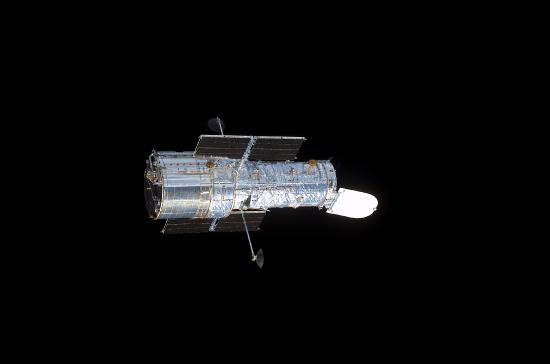 The Hubble Space Telescope
The Hubble Space Telescope
5.4.2 The Kepler Telescope
In 2009, NASA launched the Kepler Telescope. Unlike the HST, which can be positioned to view almost any region of space, Kepler’s initial mission kept it focused on a single region. During this mission, Kepler continuously monitored over five hundred thousand stars, collecting data and looking for the tell-tale drop in brightness in a star indicating an exoplanet transitioning across the face of the star. Over the course of its mission, Kepler helped detect nearly three thousand exoplanets. In 2013, the second of four flywheels that helped keep Kepler focused on its region of space failed, ending its primary mission. A secondary mission, dubbed K2, began and Kepler continued aiding in the search for exoplanets until the telescope was finally retired in 2018.
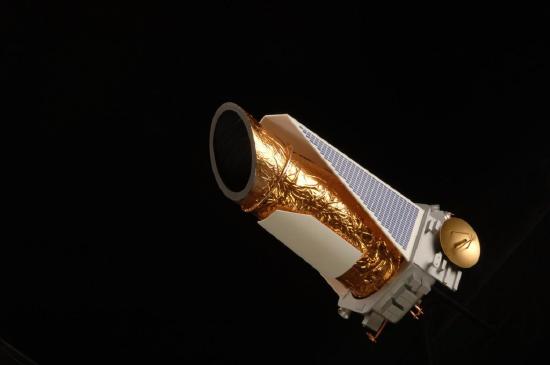 The Kepler Telescope.
The Kepler Telescope.
5.4.3 The Spitzer Space Telescope
The Spitzer Space Telescope, launched in 2003, made observations in the infrared spectrum. Spitzer made numerous contributions to science. However, in May 2009, it ran out of liquid helium, which kept the telescope cold enough to operate. Without the coolant, the telescope’s own infrared emissions (Section 4.2) interfered with most of its instruments. That was not the end of Spitzer’s mission, however, as scientist were still able to make observations in two short-wavelength areas that its detectors could utilize without interference. Spitzer continued operation until it was finally retired in January 2020.
5.4.4 The Gaia Space Telescope
In 2013, the European Space Agency launched the Gaia Telescope. Gaia’s mission is to measure the positions of stars, nebula, and other objects in our galaxy to create the most comprehensive 3-dimensional map of the Milky Way. It is expected to continue operation until 2022.
5.4.5 The James Webb Telescope
The James Webb Telescope, the much-anticipated successor to the HST, will be the largest telescope ever put into space. An infrared telescope, James Webb will use a 9.5-meter, gold-plated composite hexagonal mirror. In contrast, HST has a 2.4-meter primary mirror. Unfortunately, James Webb has experienced several launch delays. After years of delay, the James Webb was launched in early 2022 and promises to open up a new era in space exploration.
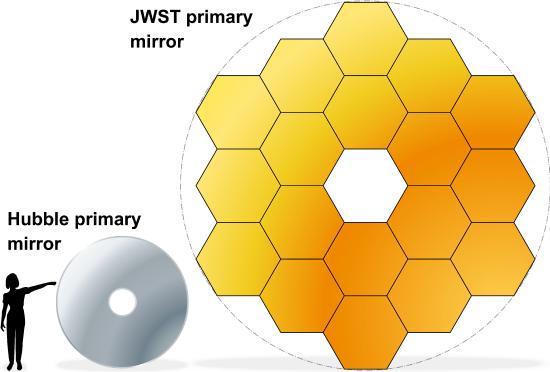 Comparison of the HST mirror (left) and the James Webb mirror (right)
Comparison of the HST mirror (left) and the James Webb mirror (right)
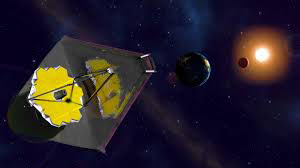 Artist's conception of the James Webb Space Telescope.
Artist's conception of the James Webb Space Telescope.
https://commons.wikimedia.org/wiki/F...742910940).jpg
5.4.6 The Nancy Grace Roman Space Telescope
Originally dubbed, the Wide Field Infrared Survey Telescope. (WFIRST) was renamed the Nancy Grace Roman Space Telescope on May 20, 2020, after the “mother of the Hubble.” With a 2.4-meter primary mirror, Roman will study dark energy and continue the search and study of exoplanets. Once operational, Roman will conduct a census of exoplanets around nearby stars and perform direct imaging of them. NASA plans to launch Roman in 2025.
5.4.7 X-ray and Gamma Ray Astronomy
X-ray and gamma ray astronomy provides an additional challenge as these high-frequency photons do not reflect off mirrors the way other wavelengths due. Instead, satellites like the Chandra X-ray observatory and the Fermi Gamma Ray Observatory focus these photons using a series of highly polished concentric conical mirrors. The incoming photons impact the inside of these cylinders at a shallow angle, which deflects them closer together. By passing through a series of narrowing cylinders, the x-rays and gammas rays can be focused. Scientists use these telescopes to study high energy sources of radiation, such as supernova remnants, neutron stars, and the accretion disks of black holes. NASA deployed the Chandra using the space shuttle Columbia in 1999 and the Fermi in 2008 using a Delta II rocket. Both continue operation today.
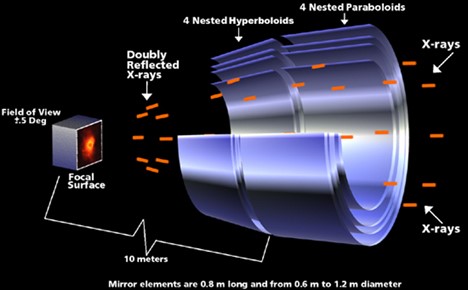 The Chandra X-Ray Observatory.
The Chandra X-Ray Observatory.











